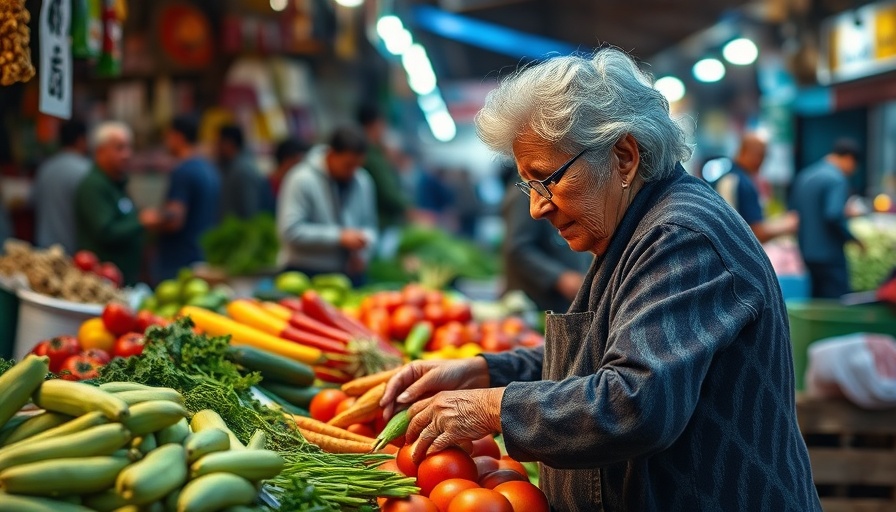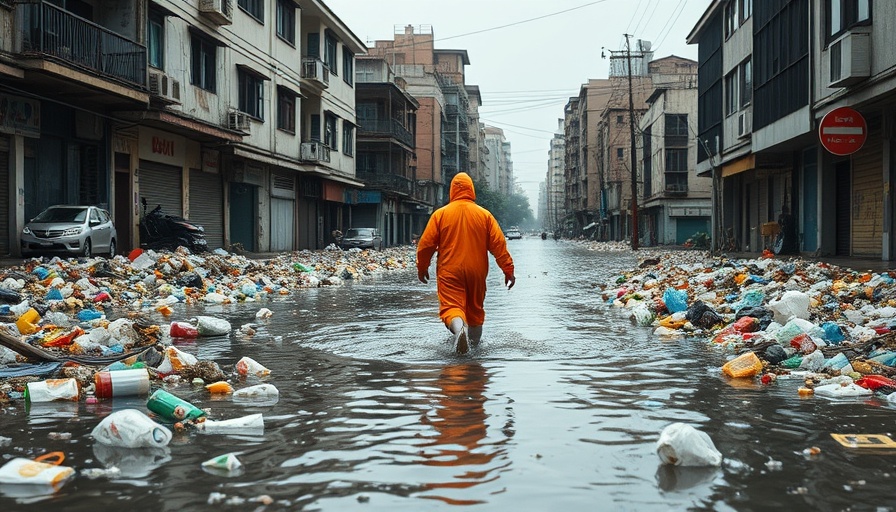
Singapore's Struggle with Recycling: A Rising Concern
In 2024, Singapore's domestic recycling rate plunged to an unprecedented low of 11%, sparking outrage and skepticism regarding the government's ambitious goal of achieving a 30% recycling rate by the decade's end. Experts have criticized the sustainability measures in place, questioning whether the nation can realistically reach its targets—especially when public confidence in recycling practices appears shaky.
The Importance of Recycling in Sustainable Living
Recycling is a cornerstone of sustainable living and critical in the fight against climate change. With global waste generation on the rise, the need for effective waste management systems has never been more urgent. The fallacy in recycling practices, such as the misuse of blue bins, illustrates a broader issue: many citizens are unaware of the impact of their waste habits on the environment. Sustainable practices like recycling can significantly reduce our ecological footprint and promote a circular economy where products are reused and recycled, minimizing waste.
Understanding the Challenges of Singapore's Waste Management
Despite a slight decline in waste generated per person, Singapore's overall recycling rate has dropped to its lowest levels in a decade—down to 50% from 52% the previous year. This decline raises concerns about the effectiveness of the current recycling system implemented in 2011. In particular, the challenges extend beyond just public engagement; the infrastructure in place is struggling to keep up with the city's waste production rates.
Proposed Solutions: Engaging the Community and Changing Habits
Experts argue that revitalizing Singapore's recycling initiatives starts with community engagement. Educating residents on proper recycling methods, creating incentives for using the recycling bins, and collaborating with local organizations can help change the public’s perception and usage of recycling. Informal recyclers, known as karung guni, play a significant role, and their involvement must be integrated into a comprehensive recycling plan to boost collection rates.
The Role of Government Initiatives and Policies
Alongside community efforts, government initiatives play a huge role in promoting sustainable practices. Singapore's Zero Waste Masterplan aims to address these challenges through legislation and public awareness campaigns. However, experts argue that policies must evolve to include robust measures for tackling low recycling rates—like re-evaluating recycling economics and investing in advanced sorting and processing technologies. This can help improve the overall recovery rates of recyclable materials.
Green Innovations: Looking Forward
Moving forward, innovation in waste management could offer viable solutions. Techniques like upcycling and the development of green technologies can enhance what is collected from homes and streets. Furthermore, partnerships with businesses to establish sustainable packaging can significantly reduce plastic pollution, a critical issue that Singapore faces. By investing in clean technology and ethical sourcing, Singapore can pave the way toward fulfilling its ambitious recycling targets.
Conclusion: Time for Collective Action
As Singapore grapples with its recycling goals, the message is clear—the responsibility lies not only with the government but also with its citizens. Collaborative efforts are essential to cultivate a sustainable future. It’s time for all stakeholders to take action to foster a culture of sustainability that reflects a genuine commitment to environmental stewardship.
By making conscious choices, using reusable products, and advocating for responsible consumption, Singapore can work towards a more sustainable landscape. Join the movement in exploring eco-friendly solutions and contribute to building a greener future.
 Add Row
Add Row  Add
Add 



Write A Comment